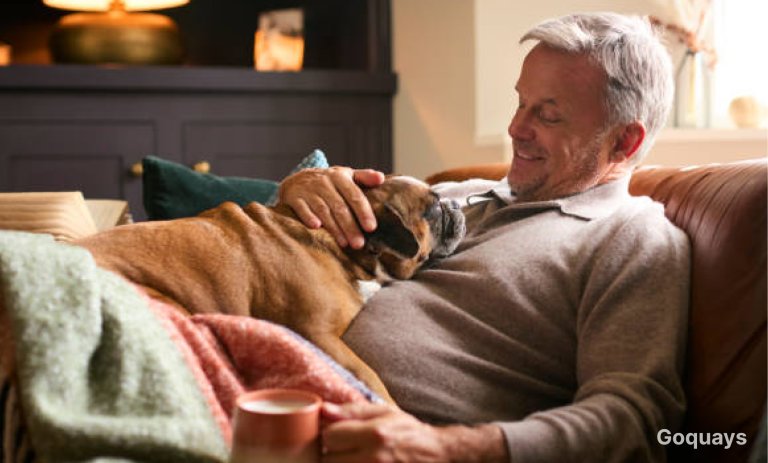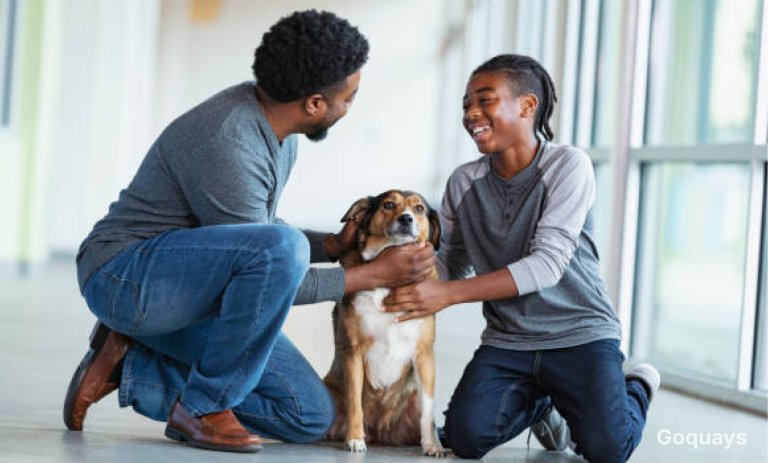Bringing a dog into your home is a big step, especially when you’ve got little kids running around and training new pet isn’t easy. You want a dog that’s gentle, patient, and ready to be part of the fun. Not all dog breeds are a good fit for young children, so it’s important to choose wisely.
Some dogs have endless patience and love being around noisy, playful toddlers. Others might get overwhelmed by too much energy. The right breed will blend into your daily routine and help teach your kids about love, care, and responsibility.
In this guide, we’ll walk you through ten of the best dog breeds for families with small children. These dogs are known for their kind nature, easy-going personalities, and ability to form strong bonds with little ones.
By the end, you’ll have a better idea of which breed could be the perfect match for your family. Ready to find a new best friend for your kids? Let’s dive in.
What makes a dog breed family-friendly?
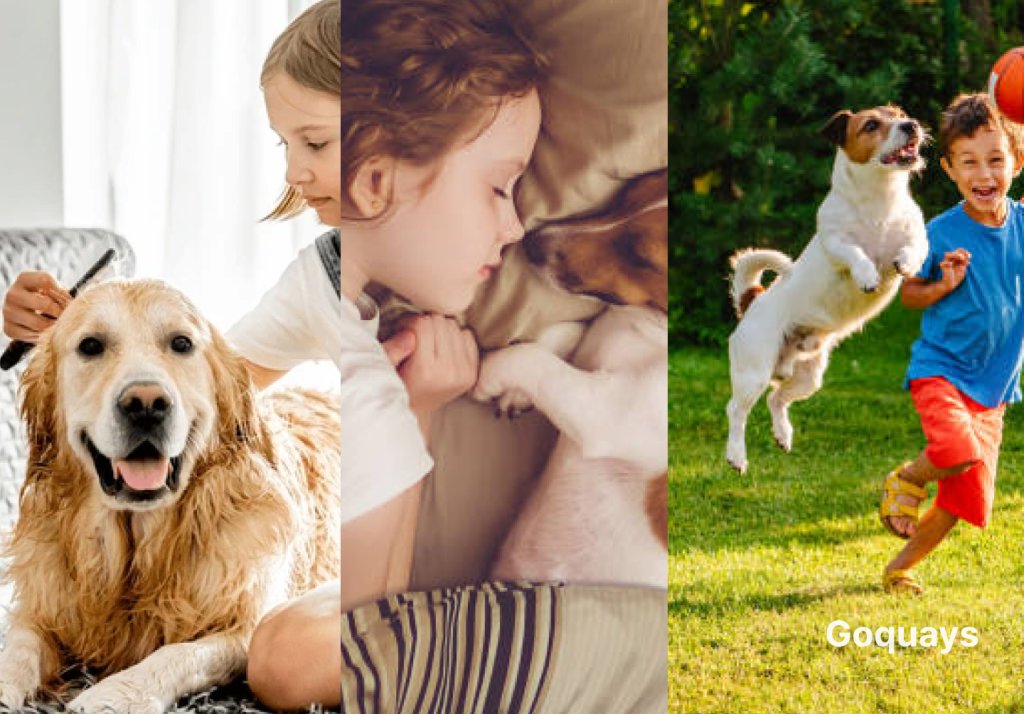
When picking a dog for your family, especially with small kids, you want more than just a cute face. The right dog should be calm, gentle, and happy to be part of the chaos that comes with family life. Some breeds just handle this better than others. So what makes a dog truly family-friendly?
- Temperament
Temperament is key. A dog that stays calm in noisy, unpredictable settings is a huge plus. Kids can be rough without meaning to, and you need a dog that doesn’t overreact. Breeds known for patience, loyalty, and friendliness tend to do best in homes with children. These dogs often become loving companions who enjoy playtime as much as cuddle time. Some dogs are prone to behavioral problems and it is better to consider children when choosing a pet.
- Size and energy levels
Big or small, every dog has different energy needs. Some families love long walks and outdoor fun, while others prefer quiet evenings indoors. High-energy dogs might need more playtime and space to run. A smaller dog with a laid-back attitude may be a better fit for a busy household. The key is matching your dog’s energy level to your family’s lifestyle.
- How well the breed gets along with kids and other pets
Some dogs naturally get along with everyone, kids, other dogs, even cats. That’s what you want in a family dog. Breeds that enjoy company and don’t mind sharing attention will fit right in. A friendly, social dog makes daily life smoother and helps create a more peaceful home.
- Grooming and maintenance needs to consider
Some breeds are low-maintenance, while others need regular grooming. If time is tight, look for dogs that don’t shed much or need daily brushing.
Top 10 best dog breeds for families with small children
- Labrador Retriever: Labradors are the go-to family dog for good reason. They’re friendly, playful, and get along with everyone. Whether your child wants a playmate or a cuddle buddy, a Lab fits both roles. They’re also easy to train, which helps if you’re a first-time dog owner.
- Golden Retriever: Golden Retrievers are gentle, loyal, and incredibly patient with kids. They’re not just smart, they’re emotionally in tune with their humans. Their calm nature makes them ideal for younger children who may not always know how to interact gently.
- Beagle: Beagles are compact, curious, and full of charm. Their small size and easygoing personality make them a great choice for families in smaller homes. They love playtime, walks, and exploring with children.
- Cavalier King Charles Spaniel: Affectionate, gentle, and great with kids, Cavaliers make perfect lapdogs. Small enough for apartments, they thrive on cuddles and calm play.
- Poodle: Smart, gentle, and family-friendly, Poodles come in standard, miniature, and toy sizes. Plus, they’re hypoallergenic, ideal for households with allergies.
- Boxer: Energetic, loyal, and playful, Boxers are gentle despite their strong build. They love kids and often act like big puppies, making them perfect active companions.
- Bichon Frise: Cheerful and fluffy, Bichons are gentle, low-shedding, and perfect for kids. They love companionship and keep playtime fun.
- Irish Setter: Energetic and affectionate, Irish Setters love outdoor adventures and make great companions for active families with kids.
- Bernese Mountain Dog: Bernese Mountain Dogs are calm, loving, and incredibly patient. Despite their large size, they’re gentle giants who adore kids. They’re also very loyal and tend to form strong bonds with family members. They do best in homes with space to move around and lots of affection to go around.
- French Bulldog: Laid-back and loving, Frenchies are great for small spaces. Their goofy, friendly nature makes them wonderful companions for kids.
Tips for choosing the right dog for your family
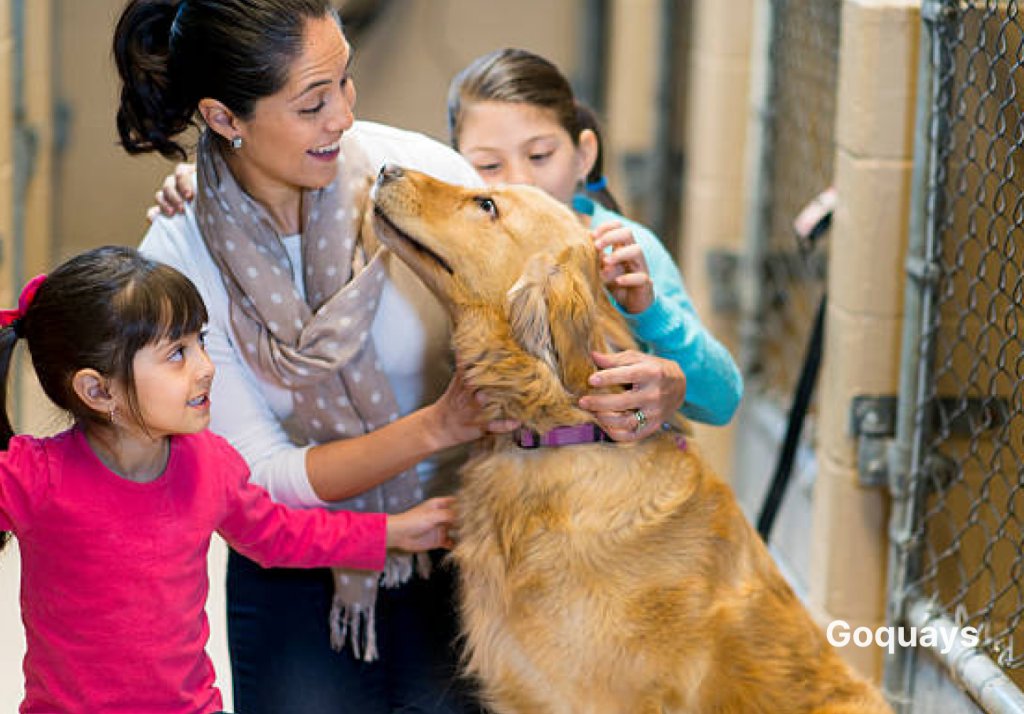
Bringing a dog into your home is a big decision, especially when you have young children. Not every breed suits every household, so you’ll want to take your time and think it through.
Start by looking at your children’s ages and energy levels. If your kids are active and always on the go, a high-energy dog like a Labrador or Beagle might be a perfect match. But if your children are quieter or still toddlers, a calm breed like a Cavalier King Charles Spaniel or a Bernese Mountain Dog could be a better fit. The right match means fewer accidents and more enjoyable bonding time.
Next, think about your living space and daily routine. A large dog may not be the best fit for a small apartment. And if you’re often away from home or busy with work, consider a breed that handles alone time well or requires less exercise. Matching a dog to your lifestyle avoids stress—for both you and the dog.
Whenever possible, meet the dog before making a final decision. Watch how it reacts around your children. Is it calm and friendly? Does it enjoy being touched or seem nervous? This quick test can tell you a lot.
Also, don’t rule out rescue dogs. Many rescue dogs are well-trained and just waiting for a second chance. Shelters often know the dog’s personality and can help match you with one that fits your family.
Choosing the right dog isn’t just about looks or popularity. It’s about finding a companion who’ll love your kids, suit your routine, and be part of your life for years. Take your time, ask questions, and trust your instincts—you’ll know the right one when you meet them.
Preparing your home for a family dog
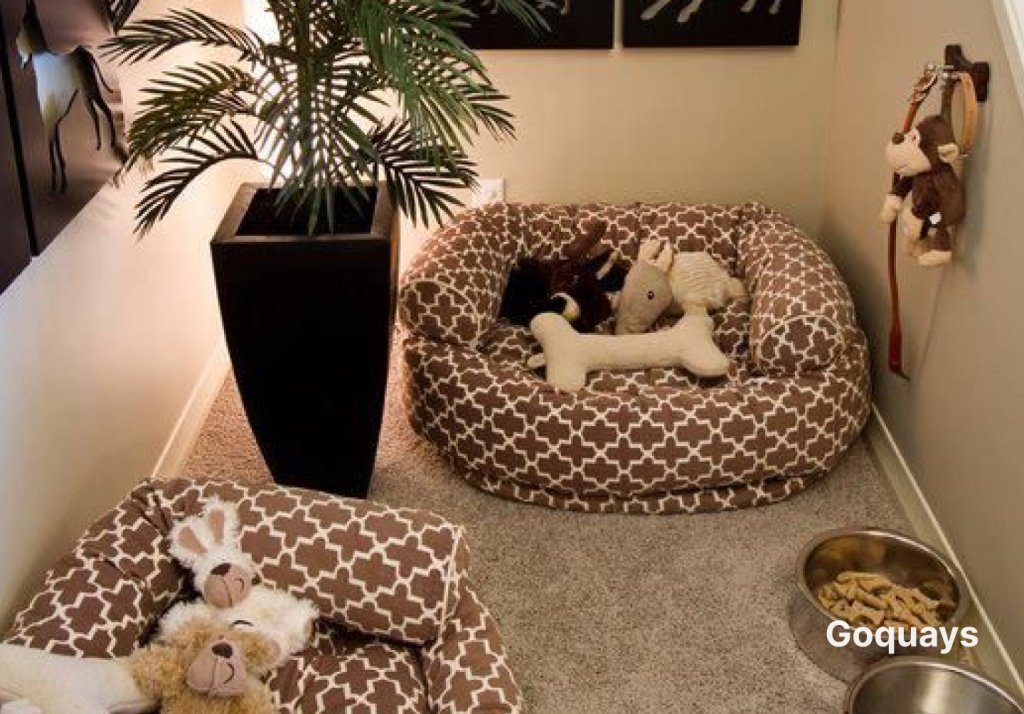
Before your new dog arrives, take some time to get your home ready. A smooth transition starts with a safe, welcoming space.
Begin by creating a dog-safe zone in your home. This could be a corner in the living room or a quiet spot in the kitchen. Use baby gates if needed to block off areas that are off-limits. Keep wires, small toys, cleaning products, and sharp objects out of reach. Dogs love to explore, especially with their mouths.
Next, stock up on all the essentials. You’ll need a comfy bed, chew toys, food and water bowls, and the right type of dog food. A collar, lead, and ID tag are must-haves too. Don’t forget grooming supplies like a brush and dog shampoo, especially for long-haired breeds. Having everything ready helps your dog feel at home from day one.
Now’s also a great time to teach your kids how to behave around the dog. Show them how to gently pet, not pull or poke. Let them know the dog needs rest sometimes, just like people. Always supervise early interactions, especially with younger children, to build trust and prevent accidents.
Finally, set a daily routine. Dogs thrive on structure. Decide who will feed the dog and when. Schedule regular walks, playtime, and toilet breaks. Book a vet appointment for a health check and vaccinations if needed. Keeping up with vet visits and flea treatments is part of responsible ownership.
Bringing a dog into your family is exciting, but preparation makes all the difference. With the right setup, clear rules, and lots of love, your dog will settle in quickly and feel like part of the family in no time.
What is the best dog breed for small children?

Labrador Retrievers are often considered one of the best breeds for small children. They’re gentle, playful, and incredibly patient. These dogs love being part of the family and enjoy spending time with kids. Labs are also easy to train, making them a good fit for first-time dog owners.
Golden Retrievers are another excellent choice. They’re calm, loyal, and protective without being aggressive. These dogs are known for their ability to form strong bonds with children.
Cavalier King Charles Spaniels are perfect for families in smaller homes. They’re cuddly, quiet, and easygoing. They enjoy snuggling on the couch and don’t need too much exercise, which suits younger kids.
No matter the breed, it’s important to teach your child how to interact with dogs. Even the friendliest dog can get overwhelmed if poked or pulled. Supervision is key during early bonding.
Choosing the right dog depends on your child’s personality and your family’s lifestyle. Think about energy levels, time for walks, and space at home. The best dog is one that fits comfortably into your everyday routine and becomes a loving companion for your child.
How do I choose the right dog breed for my family?

When choosing the right dog for your family, consider several factors, starting with your children’s ages and energy levels. For families with younger kids, look for breeds that are calm, patient, and gentle. Larger, high-energy dogs like Boxers or Irish Setters may not be the best match for toddlers but can be perfect for older children who love outdoor activities.
Next, think about your living space. Smaller dogs like Cavalier King Charles Spaniels or French Bulldogs thrive in apartments, while larger breeds like Labradors or Bernese Mountain Dogs need more room to roam. Your lifestyle also plays a role—active families may appreciate a dog that loves running or hiking, while more laid-back families might prefer a dog that enjoys lounging and gentle play.
It’s also essential to meet the dog before adopting or purchasing. Spend time with the breed, interact with the dog, and observe their behavior to ensure they’re a good fit for your home.
Finally, don’t overlook rescue dogs. Many wonderful, loving dogs in shelters are looking for families, and adopting a rescue can be a life-changing experience for both you and the dog.
Are there dog breeds that are better for allergies?

Yes, if someone in your family suffers from allergies, hypoallergenic dog breeds are an excellent choice. Poodles (Standard and Miniature) are one of the most popular hypoallergenic breeds because they have curly coats that trap dander, reducing the amount that spreads in the air.
Another breed to consider is the Bichon Frise. They have a low-shedding coat, which helps minimize allergens. While no dog is entirely hypoallergenic, these breeds produce less dander, making them easier on sensitive individuals.
It’s important to note that grooming is essential for hypoallergenic dogs. Regular brushing and bathing can help manage the allergens they may still produce.
Though hypoallergenic dogs are generally a better choice for allergy sufferers, it’s still a good idea to spend time around the breed before bringing one into your home. This will help you gauge how allergic reactions may be triggered.
How can I prepare my kids for a new dog?

Preparing your kids for a new dog involves setting expectations and teaching responsibility. Before bringing your new furry friend home, explain to your kids what it means to take care of a dog. Talk about feeding, walking, and cleaning up after them.
Involve your kids in the preparation process—let them help choose the dog’s toys, bed, and food. This will get them excited and invested in the idea of having a dog around.
When it comes to the actual introduction, supervise all interactions. Teach your kids how to gently pet, approach, and respect the dog’s space. It’s essential that they understand that dogs need time to adjust to new environments. Show them how to read the dog’s body language so they can avoid stressing or overwhelming the dog.
Also, establish family routines for dog care. Assign specific tasks to your kids, like feeding or brushing, according to their age. This helps your kids feel involved and teaches them the importance of responsibility when it comes to taking care of a pet.
How much exercise does a family dog need?
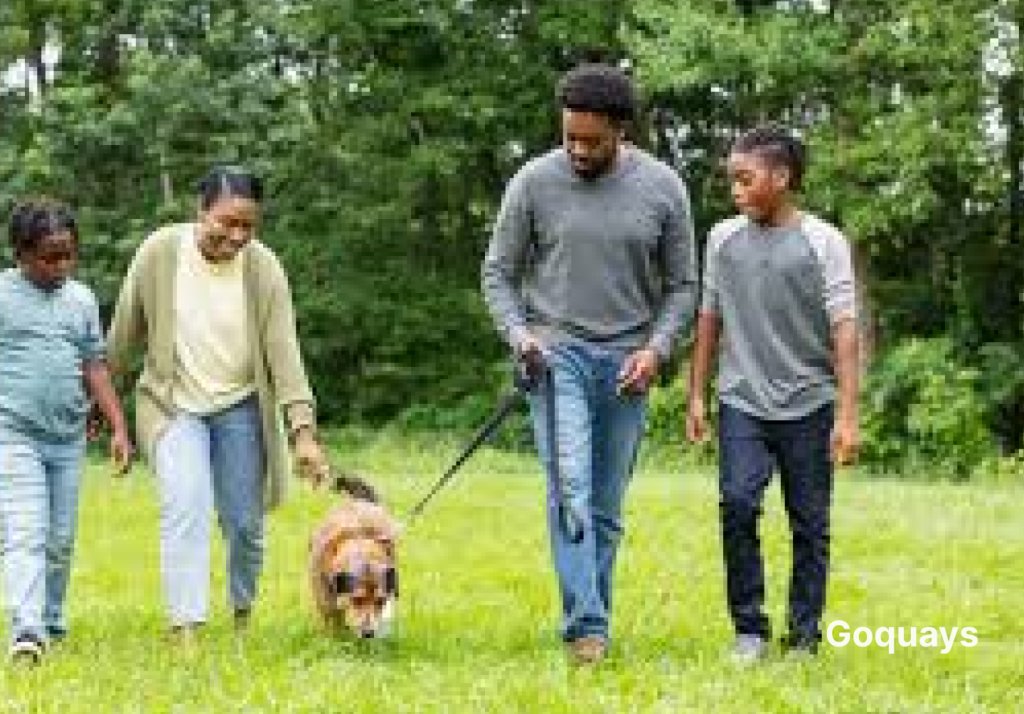
The amount of exercise a dog needs varies by breed. High-energy dogs like Labradors, Boxers, and Irish Setters require a lot of physical activity to stay happy and healthy. These breeds need at least an hour or more of exercise each day, including walks, playtime, and outdoor activities. If your family enjoys hiking, running, or playing fetch, these dogs could be a great fit.
On the other hand, smaller breeds like the Cavalier King Charles Spaniel and French Bulldog are less demanding. While they still enjoy walks and playtime, they’re more adaptable to a laid-back family routine. These breeds typically require 30-45 minutes of exercise daily.
Poodles also fall somewhere in between. They’re intelligent and active but can be content with moderate daily exercise like a 30-minute walk or a game of fetch.
Regardless of the breed, exercise is important for keeping your dog mentally and physically stimulated. Regular walks, trips to the park, or even playdates with other dogs help burn off energy and keep your dog fit. Be sure to tailor your dog’s exercise routine to their needs and the time you have available to ensure they remain healthy and happy.
Which dog breeds are best for kids with special needs?
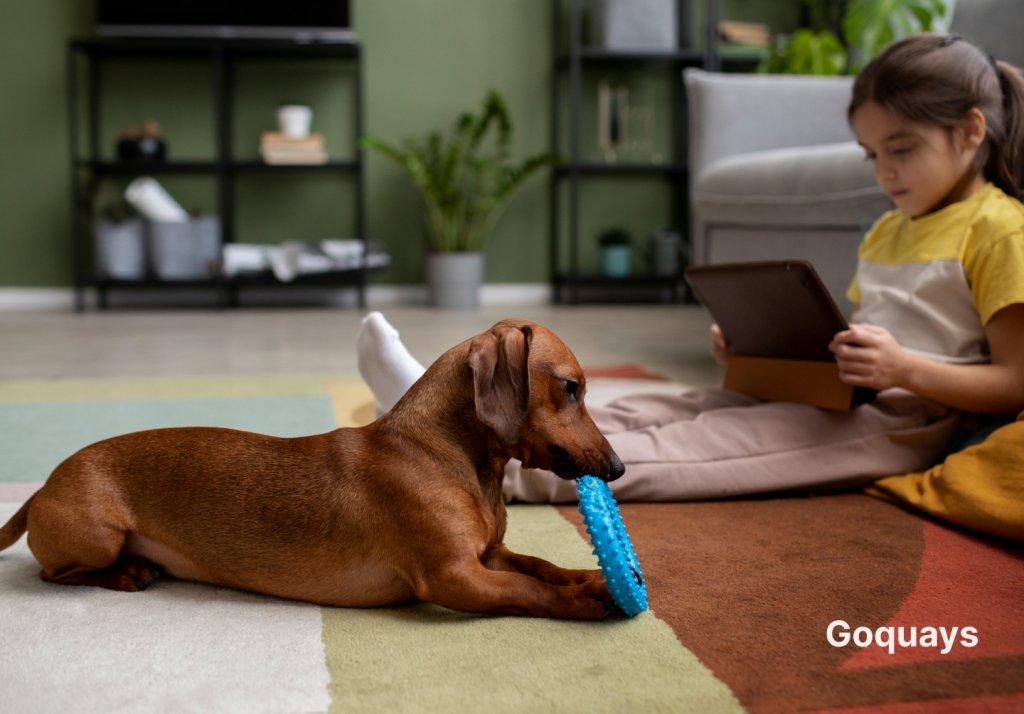
Certain dog breeds can be especially beneficial for children with special needs, offering not just companionship but also emotional support. Breeds like the Labrador Retriever and Golden Retriever are ideal because of their calm, gentle, and empathetic nature. These dogs have a natural ability to sense their owner’s emotions and respond with affection and understanding, which is particularly helpful for children who may have sensory sensitivities or emotional challenges. Their steady temperament makes them highly reliable for children who need extra care or reassurance.
Labradors, for example, are known for being incredibly patient and loving, providing a comforting presence for children with autism, ADHD, or other special needs. Golden Retrievers are similarly known for their loyalty and ability to form strong emotional bonds with their owners. They are often used as therapy or service dogs due to their steady temperament and attentiveness. These breeds’ intuitive responses to their owner’s emotions can help children feel understood and supported.
Other breeds, like the Cavalier King Charles Spaniel, also excel in providing companionship and comfort for children with special needs. They are smaller, yet still very affectionate and patient. These dogs often thrive in environments where children need a calm, loving presence, and their gentle nature can help foster trust and communication. No matter which breed you choose, it’s important to ensure that the dog is well-trained and able to maintain a consistent routine, which can provide further stability for children with special needs.
What dog breeds are best for families with other pets?

When choosing a dog breed for a family that already has other pets, it’s essential to select breeds known for their compatibility with other animals. Breeds like the Golden Retriever, Labrador Retriever, and Poodle are popular choices because they are often easygoing and adaptable to life in a multi-pet household. Golden Retrievers, for example, are known for being social and friendly, which allows them to coexist peacefully with cats, other dogs, and even small animals like rabbits or guinea pigs. Their gentle temperament makes them an ideal choice for homes with various pets.
Labrador Retrievers also tend to get along well with other animals, largely due to their social nature and calm demeanor. Labs are often described as “people-oriented” dogs who thrive on interaction with both humans and other animals. Whether it’s a playful interaction with another dog or simply relaxing with a cat, Labs are generally well-mannered and tolerant of other pets in the home.
The Poodle, with its intelligence and social nature, is another great choice for multi-pet families. Poodles are often described as easy to train, which can help in ensuring they get along with existing pets. Additionally, their hypoallergenic coat is a bonus for families with allergies. Like the Labrador and Golden Retriever, Poodles are affectionate and patient, making them a perfect addition to homes with other pets. When selecting a dog breed for a family with multiple pets, it’s important to consider the dog’s temperament, training, and socialization skills to ensure a smooth integration into the household.
What dog breeds are great for first-time dog owners with young kids?
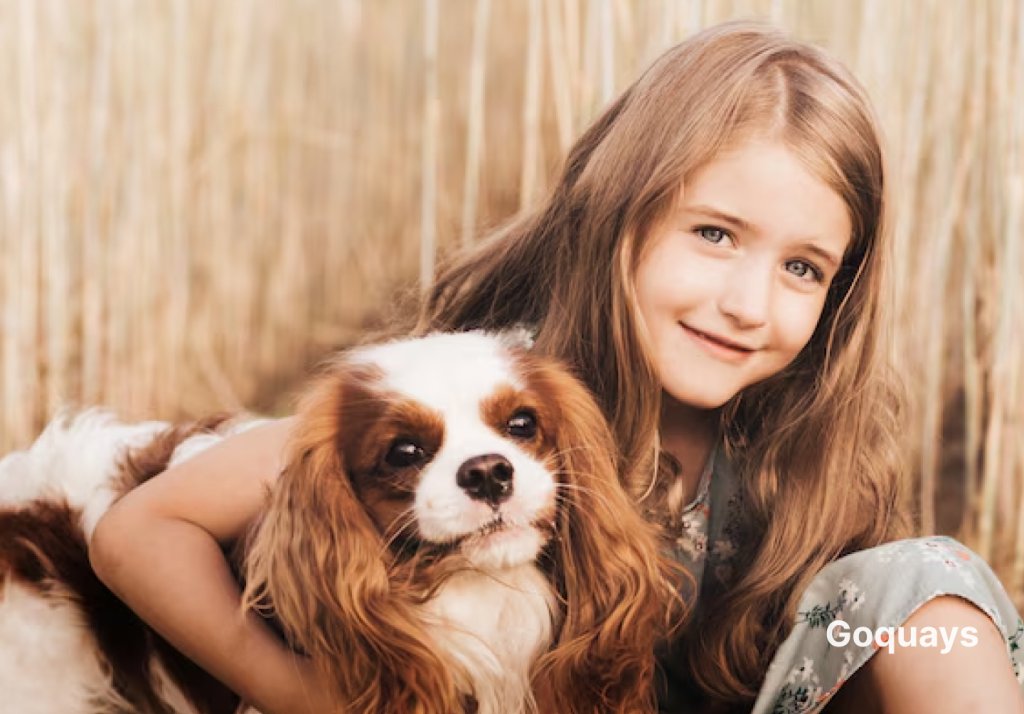
First-time dog owners with young children should prioritize breeds that are easy to train, good-natured, and tolerant of the often busy and chaotic environment young kids can create. Breeds like the Golden Retriever, Beagle, and Cavalier King Charles Spaniel are excellent choices due to their friendly disposition and adaptability. These breeds are known for their patience, affection, and eagerness to please, which makes training relatively straightforward for first-time dog owners.
Golden Retrievers, for instance, are renowned for their friendly and tolerant nature, making them a favorite among families with young children. They are easy to train because they are intelligent and motivated by praise and rewards. Their calm demeanor and natural ability to bond with kids make them an ideal family companion. Similarly, Beagles are a great option for first-time dog owners because they are typically gentle, playful, and affectionate. While Beagles are a bit more energetic, their loving nature and eagerness to interact with children make them a wonderful choice for active families.
The Cavalier King Charles Spaniel is another breed that works well for first-time dog owners. These dogs are small, easygoing, and very affectionate. They enjoy cuddling and playing, making them a good match for families with young children. Their size and friendly disposition make them easy to manage for new dog owners, and they typically get along well with children and other pets.
Choosing a breed that fits both your lifestyle and the needs of your family is essential. Breeds like the Golden Retriever, Beagle, and Cavalier King Charles Spaniel are patient, loving, and easy to train, ensuring that first-time dog owners have a positive experience while raising their new canine companion.
Conclusion
Finding the perfect dog breed for your family is an exciting journey that requires careful thought and consideration. Each family’s needs are unique, so it’s important to focus on key factors such as temperament, size, energy levels, and how well the dog interacts with children and other pets. Whether you’re looking for a playful companion for your kids or a calm, affectionate dog to fit into your home, there are many breeds that can make great additions to your family.
From the friendly Labrador Retriever to the adaptable Cavalier King Charles Spaniel, there are plenty of options to explore. Remember, while certain dog breeds tend to be more family-friendly, every dog has its own personality, and individual training and care play a big role in ensuring a smooth relationship between your dog and your family.
Take your time to research breeds, meet potential dogs, and consider adopting from shelters where you may find a loving companion in need of a home. With patience and proper preparation, you’ll find a dog that brings joy, companionship, and plenty of love to your family for years to come.
By considering factors like lifestyle, energy levels, and space, and choosing a breed that fits your family’s dynamic, you can make an informed decision that ensures both your family and your dog enjoy a happy, healthy life together.



